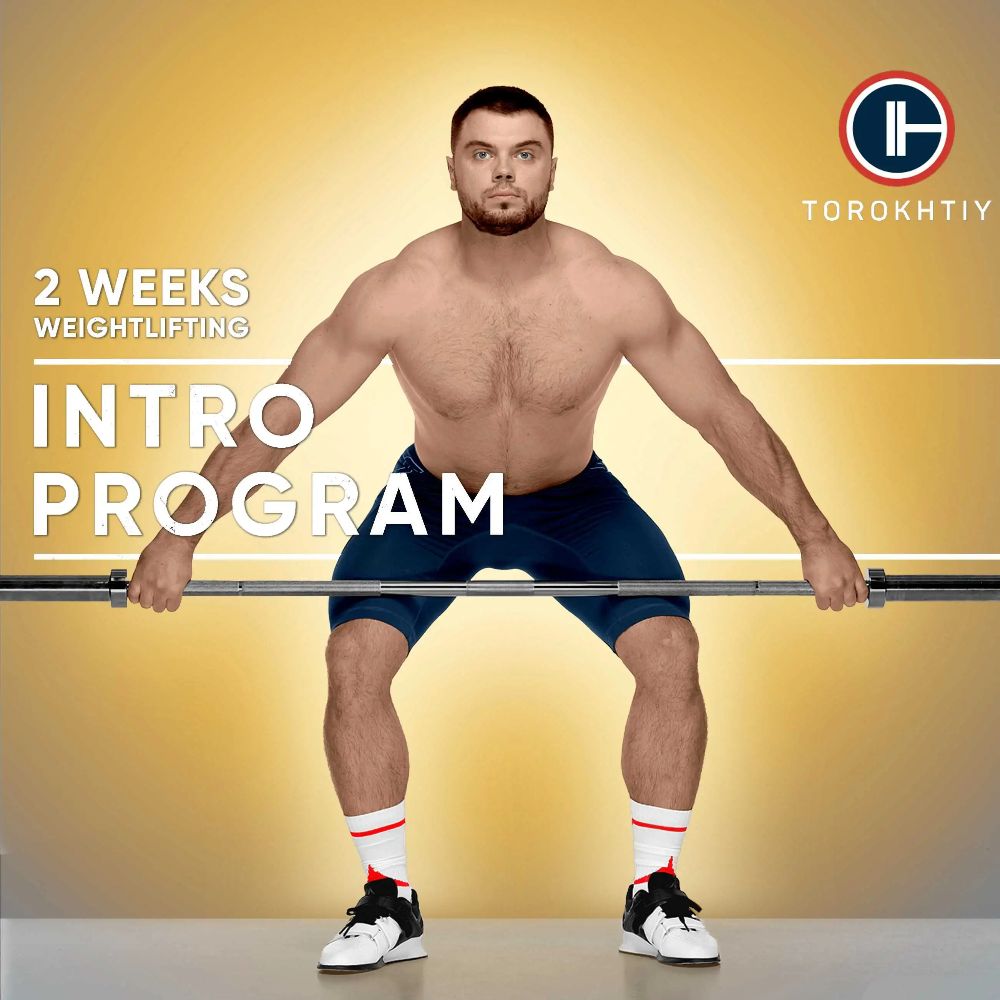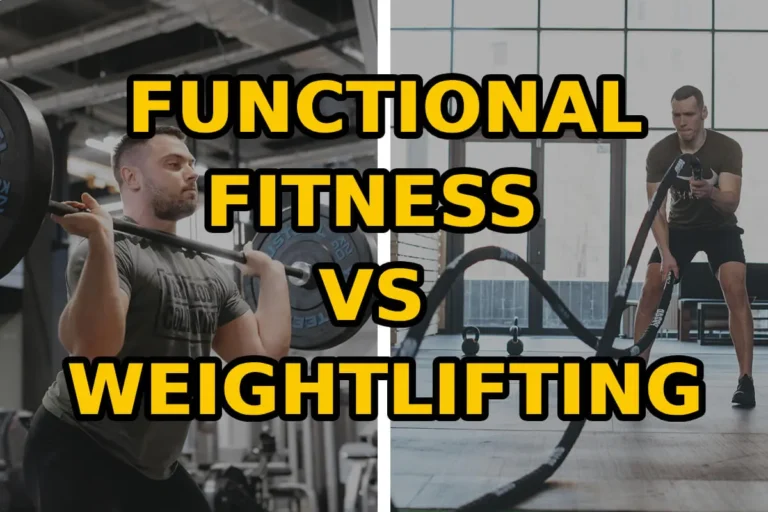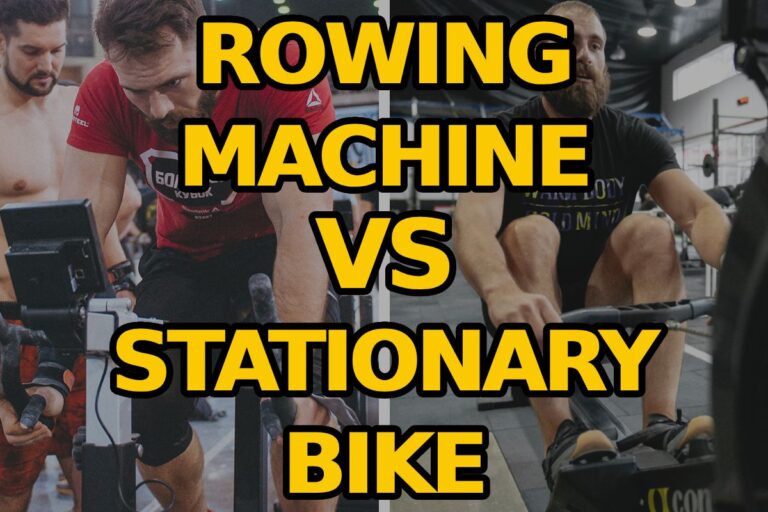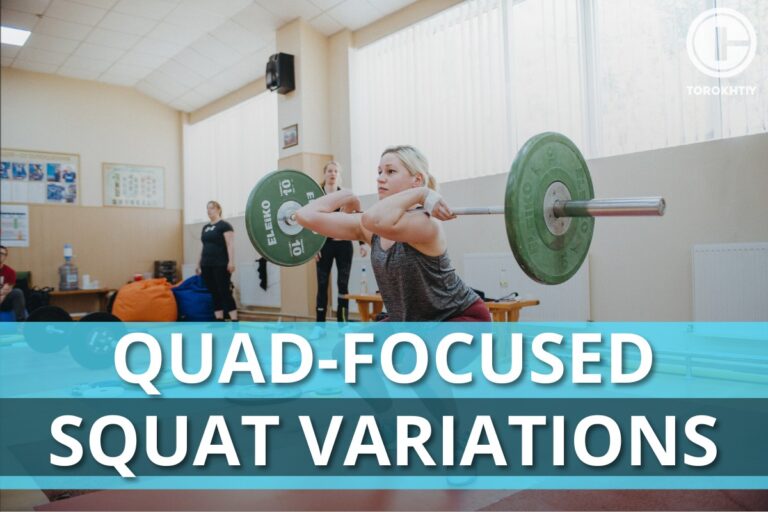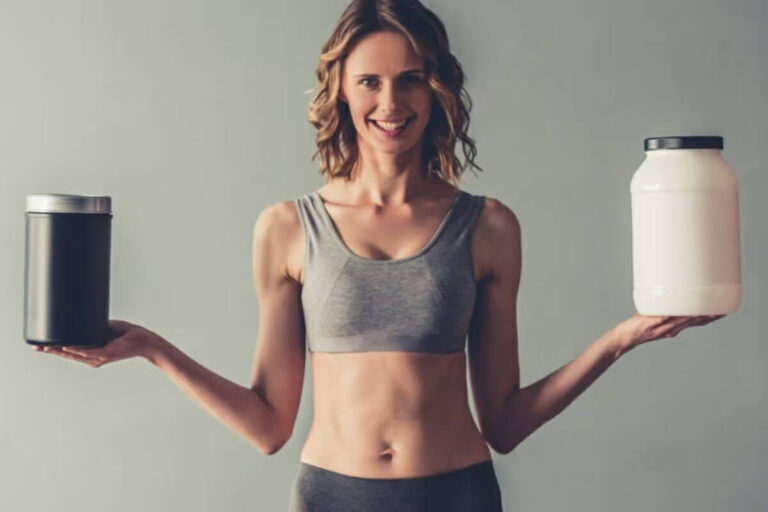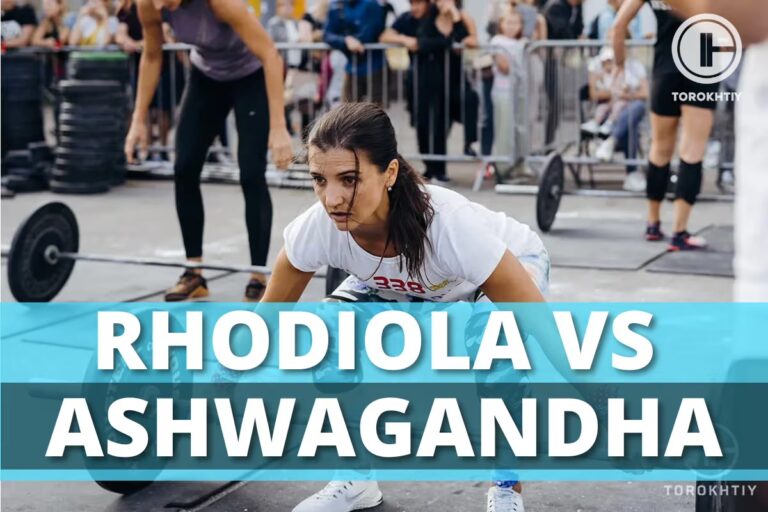Olympic Weightlifting Physique
The Olympic weightlifting is amazing, according to experts. The majority of athletes would undoubtedly concur, in part because of the countless papers that have been written about how Olympic lifts increase explosiveness. Yet not many athletes are employing them primarily to develop their physiques.
Olympic weightlifting is a sport that can enhance your physical appearance in a variety of ways, including strength, explosiveness, mobility, and cardiovascular endurance as well as boosting muscle mass and decreasing body fat. Systematic exercise can also increase bone density, posture, balance, and wellness.
Olympic weightlifting is a sport that involves two primary movements: the snatch and the clean and jerk. It is an excellent form of exercise that can lead to a number of benefits for your physique.
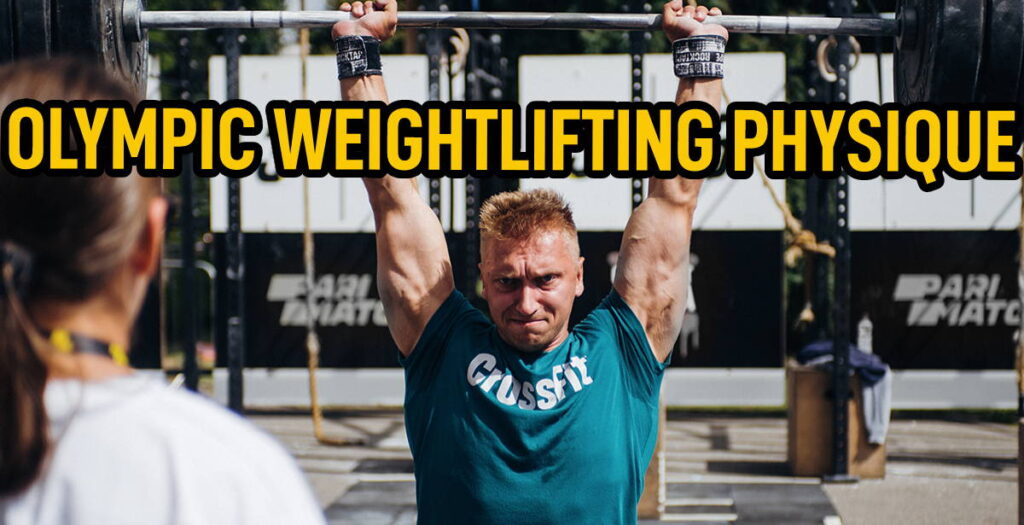
How Does Olympic Weightlifting Improve Your Physique?
Here are some of the ways Olympic weightlifting can improve your body:
Increased Muscle Mass
Olympic weightlifting involves lifting heavy weights, which helps to build and tone muscles throughout your body. This can lead to an increase in overall muscle mass, giving you a more defined and toned appearance also known as olympic weightlifter physique.
Olympic movements involve lifting heavy weights at a high intensity. This means that your muscles are put under a significant amount of stress, which stimulates muscle growth.
Weightlifting primarily involves compound exercises, which target multiple muscle groups at once. For example, the snatch and the clean & jerk both work the legs, hips, back, shoulders, and arms. This allows you to work multiple muscle groups simultaneously, leading to more muscle growth overall and olympic weightlifting body type.
Also, it involves eccentric contractions, which occur when the muscle lengthens while under tension. This type of contraction is highly effective for building muscle because it causes significant damage to the muscle fibers, which then repair and grow stronger during the recovery period.
To continue building muscle, it’s important to gradually increase the amount of weight you lift over time. Olympic lifting for mass provides plenty of opportunity for progressive overload, as you can continually increase the weight of your lifts as your strength improves.
Performing OLY training can lead to an increase in testosterone and growth hormone, both of which are important for muscle growth. Testosterone helps to stimulate muscle protein synthesis, while growth hormone plays a role in muscle repair and growth. So, does Olympic lifting build muscle? The answer is – YES!
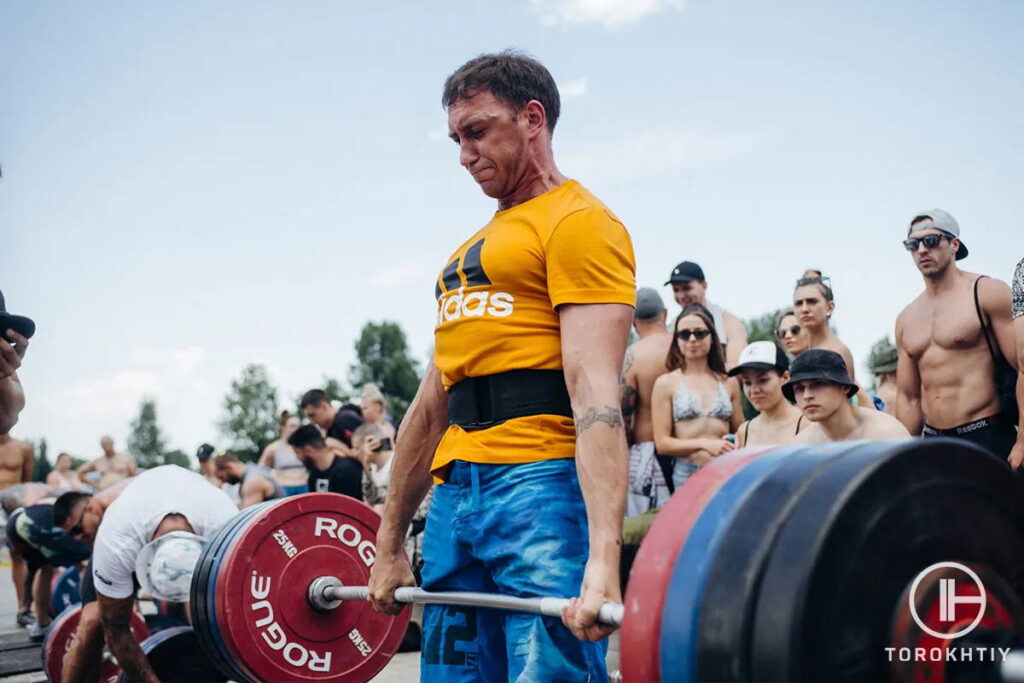
Improved Body Composition
Oly training can help to reduce body fat and increase lean muscle mass, resulting in a more desirable body composition. This can lead to a more athletic, toned appearance and olympic weightlifting physique.
Weightlifting involves training with heavy weights, which can help to build and tone muscle throughout the body. This increase in lean muscle mass can improve body composition by reducing the percentage of body fat.
It is also a high-intensity workout that burns a significant number of calories. This can help to reduce body fat and improve body composition, particularly when combined with a healthy diet.
Regular Olympic weightlifting can improve insulin sensitivity, which is the body’s ability to use insulin to transport glucose into the cells for energy. Improved insulin sensitivity can reduce the risk of insulin resistance and type 2 diabetes, which can improve body composition by reducing body fat.
Muscle is more metabolically active than fat, meaning it burns more calories at rest. By increasing lean muscle mass through Olympic weightlifting, you can increase your resting metabolic rate, which can improve body composition by reducing body fat. Olympic weightlifting promotes fat loss while preserving muscle mass. This is important for improving body composition, as it ensures that weight loss comes primarily from fat rather than muscle.
Enhanced Strength And Power
The explosive movements involved in weightlifting can improve not only your olympic lifter physique, but strength and power, making it easier to perform daily tasks and participate in other physical activities.
Weightlifting requires the recruitment of a large number of muscle fibers to perform the movements. This leads to an increase in strength and power because the muscles are working at maximum capacity.
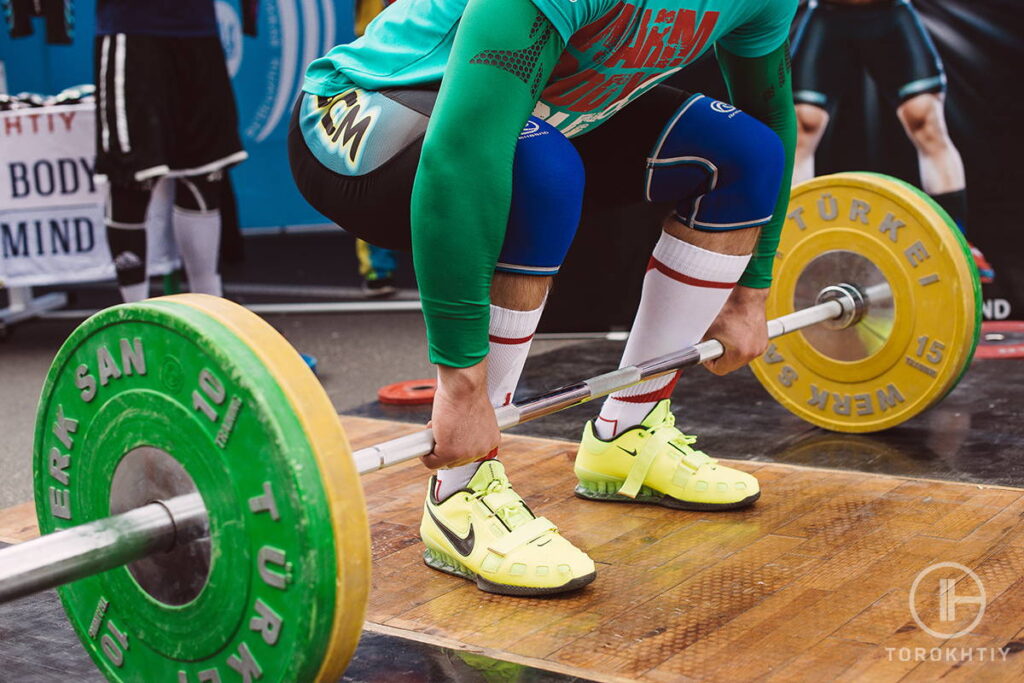
Also, performing Olympic movements requires high levels of coordination and synchronization between the brain and muscles. As a result, athletes who practice weightlifting see significant improvements in neural adaptations, which leads to improved strength and power output.
The explosive nature of weightlifting movements requires the athlete to generate a large amount of force in a short amount of time. This leads to an improvement in the athlete’s rate of force development, which is critical for success in many sports.
Improved Flexibility
The movements involved in Olympic weightlifting require a significant amount of flexibility, particularly in the hips, shoulders, and wrists. Regular training can improve your flexibility and range of motion.
The snatch and clean and jerk require a high degree of flexibility and mobility in the hips, knees, ankles, and shoulders to perform the lifts correctly. As a result, consistent training in these movements can improve the athlete’s range of motion in these areas.
Olympic weightlifting involves performing explosive movements through a full range of motion. This can serve as a form of dynamic stretching, which can improve flexibility and mobility. Proper technique in weightlifting requires a stable and balanced position in the hips, knees, and ankles. Olympic movements require the athlete to activate a large number of muscle groups simultaneously. This can improve neuromuscular control and muscle activation, leading to improved flexibility and mobility as well.
Improved Bone Density
Weightlifting is a weight-bearing exercise, which means that it involves supporting your own body weight against gravity. Weight-bearing exercises have been shown to be effective in improving bone density. That can help to improve bone density, reducing the risk of osteoporosis and other bone-related conditions.
The impact of lifting heavy weights during lifting puts a significant amount of stress on the bones. This stress stimulates the bones to increase their mineral density, making them stronger and more resistant to fractures.
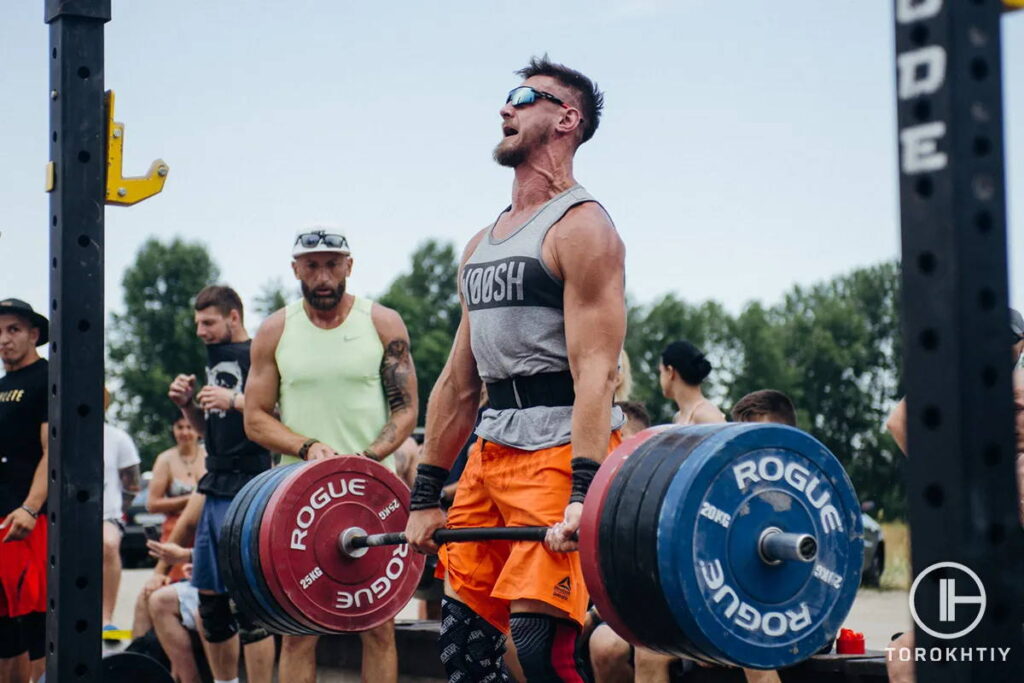
In summary, weightlifting can improve bone density by providing high-impact loading, weight-bearing exercise, high-intensity training, progressive overload, and hormonal changes. Improved bone density can reduce the risk of osteoporosis and other bone-related injuries, making it an important benefit of Olympic weightlifting.
Abdominal Development
Many studies have been conducted to show the damaging impact of spinal flexion, or performing crunches. You’ll need a comprehensive exercise to truly enhance your “core” now that crunches are out of the fitness contest. And the snatch is the only exercise you need to do if you want strong and nice abs.
Any snatch variation will result in greater abdominal development. For this reason, moving an object further from the center of balance causes the midsection to work harder to stabilize the thing.
A large barbell is as far away from the body as it possibly can be in the situation of the snatch. This puts pressure on the rectus abdominis, obliques, and the other core muscles to strengthen. More muscle = more strength!
🔻FREE OLYMPIC WEIGHTLIFTING PROGRAM
Get started on your weightlifting journey with the Torokhtiy Free Olympic Weightlifting Program! Perfect for beginners, this FREE 2-week program focuses on Snatch and Clean & Jerk techniques. Suitable for all levels, it’s designed for muscle and technical preparation.
Download now for FREE!
FAQ
Why Are Olympic Weightlifters So Muscular?
Olympic weightlifters are muscular because their sport requires a high degree of strength and power. Weightlifting involves lifting heavy weights in the snatch and the clean and jerk. These lifts require the use of many different muscle groups throughout the body, including the legs, back, upper body and core. They also need to have a low body fat percentage, as excess body fat can make it more difficult to lift heavy weights.
Do Olympic Lifts Build Traps?
Yes, Olympic lifts can help build the traps. During Olympic weightlifting, the traps are heavily involved in both the snatch and the clean and jerk. In the snatch, the traps are used to help lift the barbell from the ground to overhead, and in the clean and jerk, they are used to help lift the barbell from the ground to the shoulders and stabilize the weight overhead.
Why Do Olympic Weightlifters Have Big Chest?
Weightlifters have a big chest because the sport requires a high degree of upper body strength and power, and the chest muscles are heavily involved in several of the movements. Specifically, the chest muscles (pectoralis major and minor) are responsible for bringing the arms across the body, as well as stabilizing the shoulder joint during overhead movements.
Conclusion
Overall, Olympic weightlifting can improve your physique in numerous ways, from increasing muscle mass and reducing body fat to improving strength, power, flexibility, and cardiovascular endurance. Regular training can also improve posture, balance, and bone density, leading to a more confident and healthy appearance. Let me know your thoughts and feel free to ask any questions related to this topic!
Also read:
Why Trust Us?
With over 20 years in Olympic Weightlifting, our team does its best to provide the audience with ultimate support and meet the needs and requirements of advanced athletes and professional lifters, as well as people who strive to open new opportunities and develop their physical capabilities with us.
By trusting the recommendations of our certified experts in coaching, nutrition, dietology, and sports training programming, as well as scientific consultants, and physiotherapists, we provide you with thorough, well-considered, and scientifically proven content. All the information given in the articles concerning workout programming, separate exercises, and athletic performance, in general, is based on verified data. We ensure that you can rely on our professionals’ pieces of advice and recommendations that can be treated as personalized ones which will benefit you and fully meet your needs.
The product testing process is described in more detail here
Author: Sergii Putsov
Head of Sport Science, PhD
Best Results: Snatch – 165 kg,
C&J – 200 kg
Sergii Putsov, Ph.D., is a former professional weightlifter and National team member, achieving multiple medals in the 94 kg weight category at national competitions. With a Master’s degree in “Olympic & Professional Sport Training” and a Sport Science Ph.D. from the International Olympic Academy, Greece, Sergii now leads as the Head of Sport Science. He specializes in designing training programs, writing insightful blog articles, providing live commentary at international weightlifting events, and conducting educational seminars worldwide alongside Olympic weightlifting expert Oleksiy Torokhtiy.

